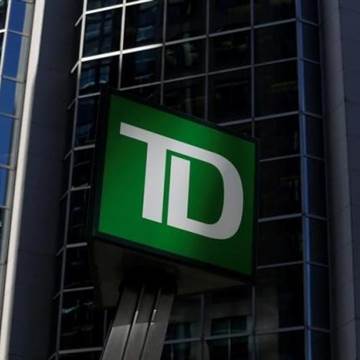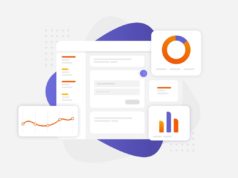

A new banking app that uses red, yellow and green messages to warn account holders when they are paying out more or less than usual has helped users rein in their spending by as much as 8 percent.
Toronto-Dominion Bank did not set out to change consumer habits when it offered its TD MySpend app in April. Canada’s second-largest bank just wanted to offer more information to customers who use their phones to check account balances.
But its ease of use has caught on. Customers don’t have to make up a budget to start using the app and it sends notices immediately with each purchase showing them whether they are spending more or less each month in categories such as dining out, entertainment and travel.
“The real-time nature encourages customers to change their behavior toward their financial goals,” Rizwan Khalfan, chief digital officer at TD Bank, told Reuters in his first interview about customers using the app. “We were not expecting this.”
About 750,000, or 20 percent, of TD’s 3.5 million mobile banking customers in Canada have downloaded the TD MySpend app since April, Khalfan said. Of those, 30 percent were using it at least twice a month and, on average, reducing their spending by 4 percent to 8 percent.
Overall, that means about 6 percent of TD’s mobile banking customers have been using TD MySpend and spending less.
Rizwan said the bank plans to put more marketing muscle behind the app as it learns how initial customers are using it.
It is too early to know, Rizwan said, whether TD MySpend could improve TD’s ability to hold onto deposits, a key consideration as interest rates rise and banks compete more aggressively for customers.
Related: The New Way You’ll Get Hacked? Through Your Banking App
Consumer deposits are a relatively stable source of funds for lending, which is more important in light of new global regulations. They tend to be cheaper than deposits from businesses, especially when interest rates rise.
The success of new apps is also vital to bankers who fear technology companies will offer better tools to win customers and snag more of the fees and marketing information that come with handling payments.
Related: What It Was Like Before ATMs and Online Banking
For decades, financial advisers, self-help authors and software firms have come up with systems to help spendthrifts budget and save money, only to see the vast majority drop them faster than a New Year gym memberships.





![[CES 2026] Quest For Perfect Color…Samsung To Push](https://loginby.com/itnews/wp-content/uploads/2025/12/CES-2026-Quest-For-Perfect-Color…Samsung-To-Push-100x75.jpg)

